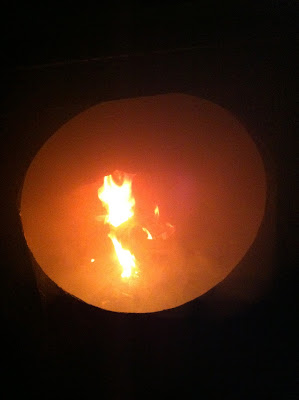
Hi everyone. Today, after work, I slipped down to Shackerstone in dreary weather. Inside the shed I found Pockets, already working away on "Sir Gomer". The Peckett is due for steam test tomorrow following alot of valve travel work, and this afternoon was our last chance to reconnect any piping and generally tidy up the engine. Behind "Sir Gomer" stood an absolutely beautiful engine: LSWR Beattie 2-4-0 No30505 of 1883. This 140-year old locomotive is one of our two star guests for the Steam Gala which will take place next weekend, where we will be bringing Cornwall to Leicestershire for one weekend only. 30585 is on loan from the Buckinghamshire Railway Centre at Quainton...mainly because one of the heads there is one of Shackerstone's drivers! I am rostered out on the loco next Saturday and I cannot wait: what a beautiful piece of kit. The Beattie's were designed for commuter trains out of Waterloo but were very big in the wheel for their size (about 5ft 7" I think). They are a well tank locomotive and only carry about 600 gallons of water in their tanks, with the filler in the bunker (a most unusual arrangement). Three of these very old loco's survived until 1962, when two of them were saved...this one and No30587 which is part of the National Collection.
Anyway, back to "Sir Gomer", with all of her piping connected I could get to grips with lighting a warming fire on the front 1/2 of her grate. An oily rag and a match, and off she went with smoke filling the cab...
 |
| A Lead-Lamp Illuminates "Sir Gomer"s Cab |
I took a couple of pics (excuse the quality mind!) on my phone in order to record the atmosphere in the shed when there are engines in steam. The hard-wood which we have been lighting up with, plus the very 'hard' Welsh coal we've been burning, creates white, lingering smoke and it really does fill the shed on these calm evenings. Below, the Peckett sits crackling away with a warming fire in the box...
'Warming fires' are exactly what they sound like. A fire is lit on the front half (or back half depending on the engine) of the fire-grate and gently warms the firebox and boiler over a period of time. Normally we provide a warming fire the day before steaming in order to allow the boiler to warm up and expand slowly and carefully. This method is tried & tested, and protects against harmful, quick expansion which can cause anything from leaking tubes & stays to complete boiler failure...
 |
| "Fire In The Hole!" |
With "Sir Gomer"s warming fire burning well, I left the railway in order to get home for tea after a long afternoon there. I'll be back tomorrow in order to help with "Sir Gomer"s steam test and general shed work. Cheers guys. Sam.
No comments:
Post a Comment